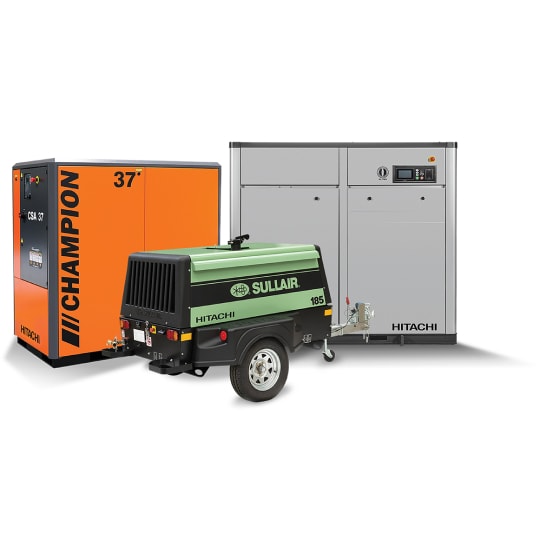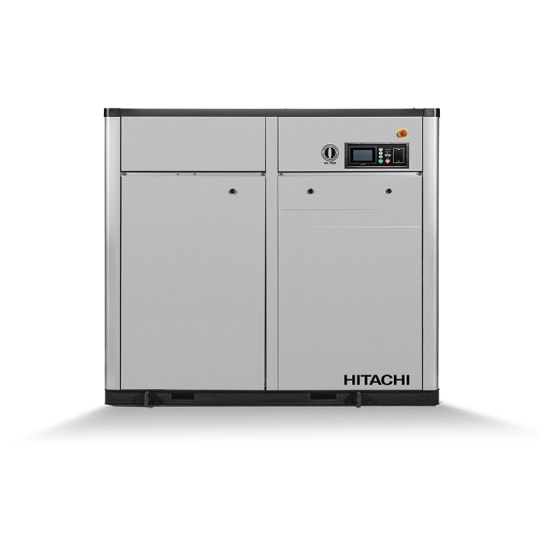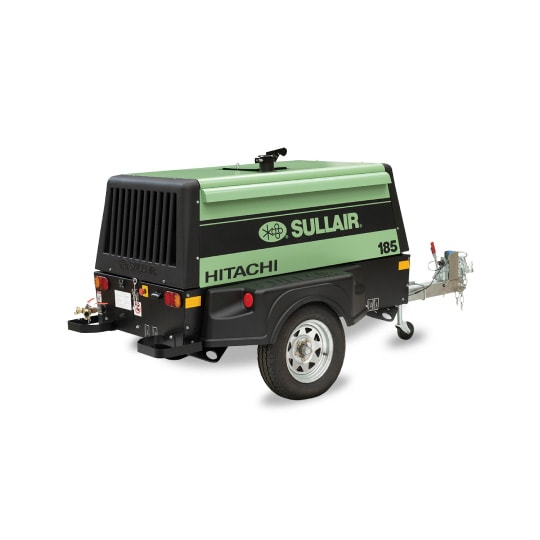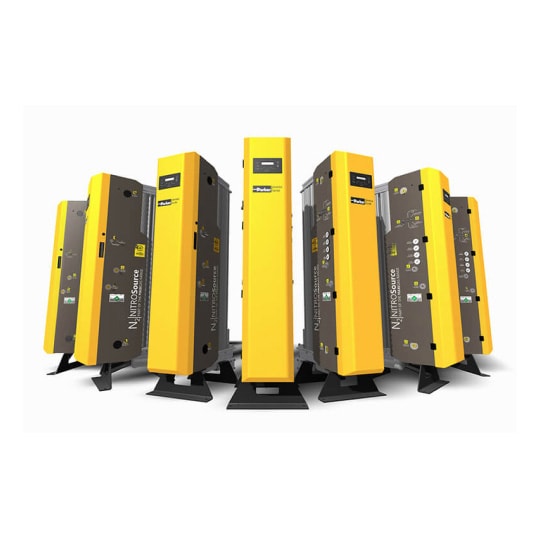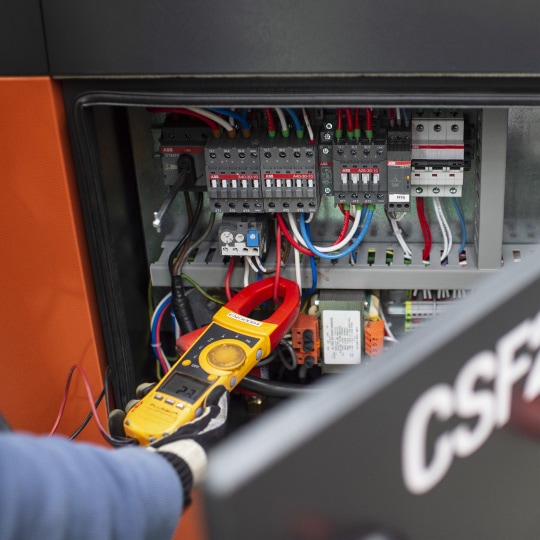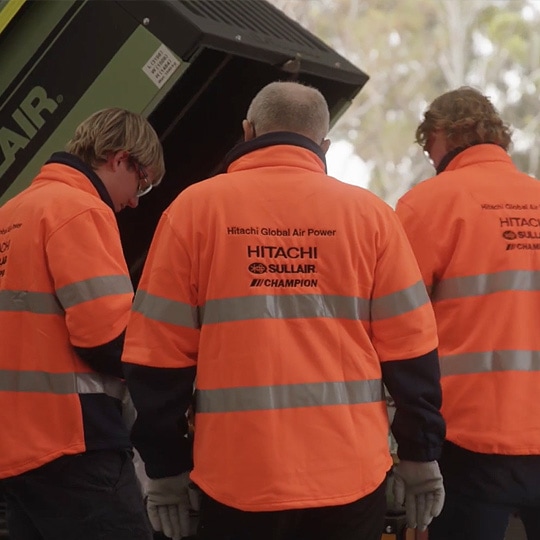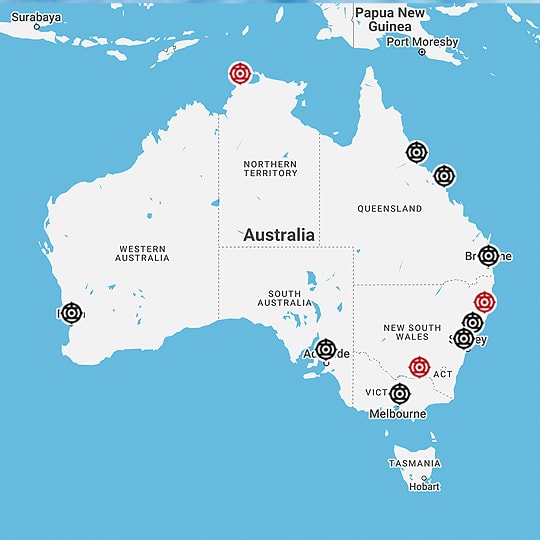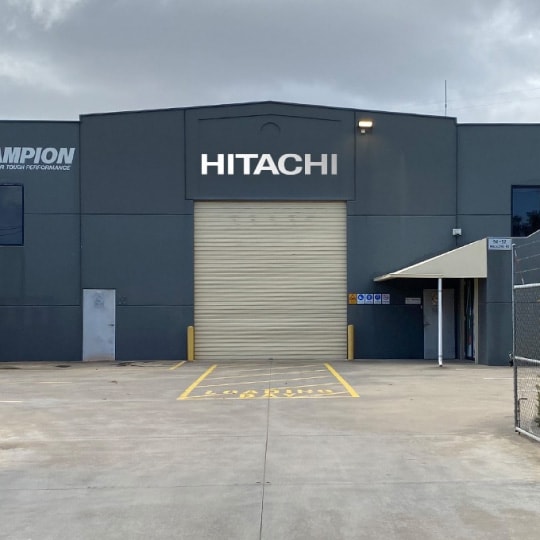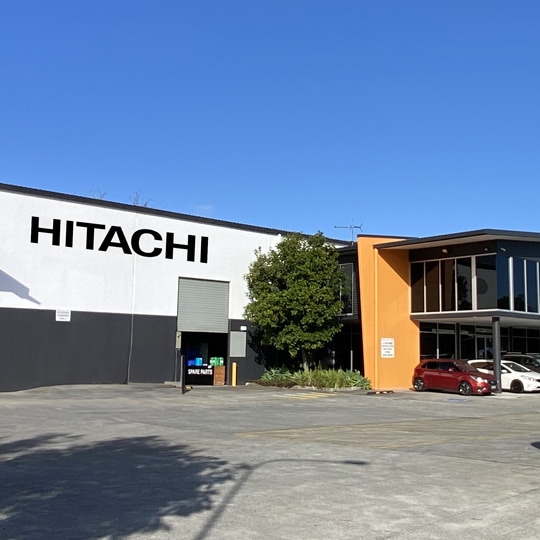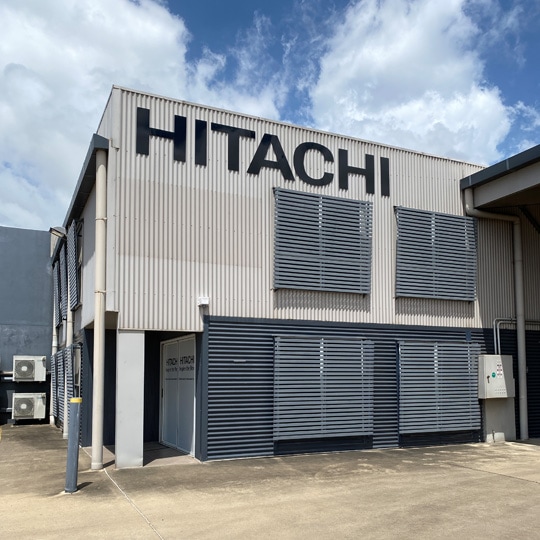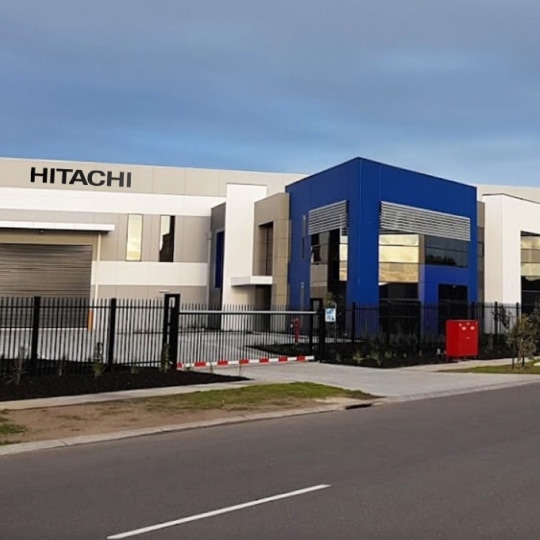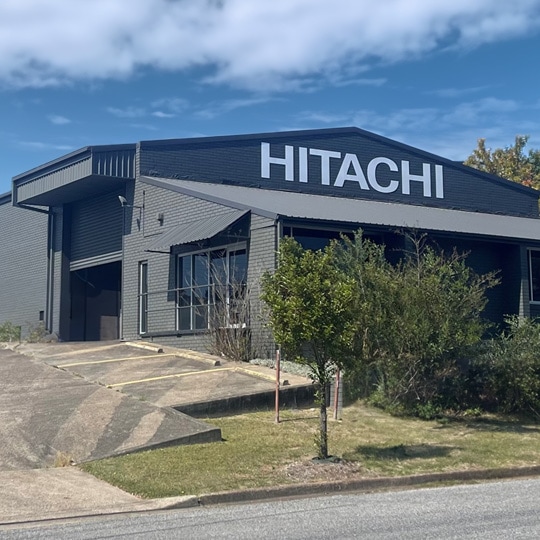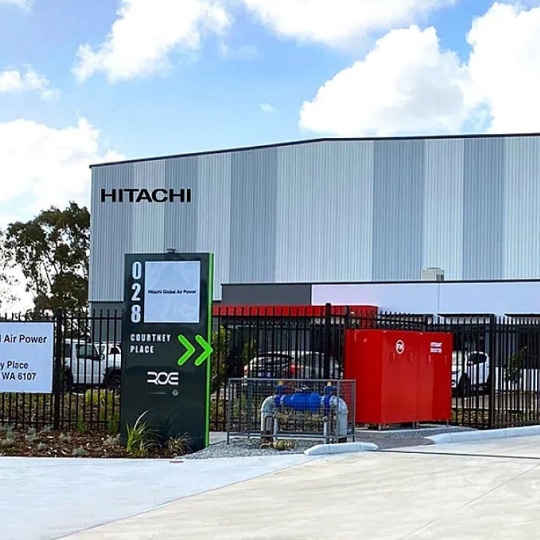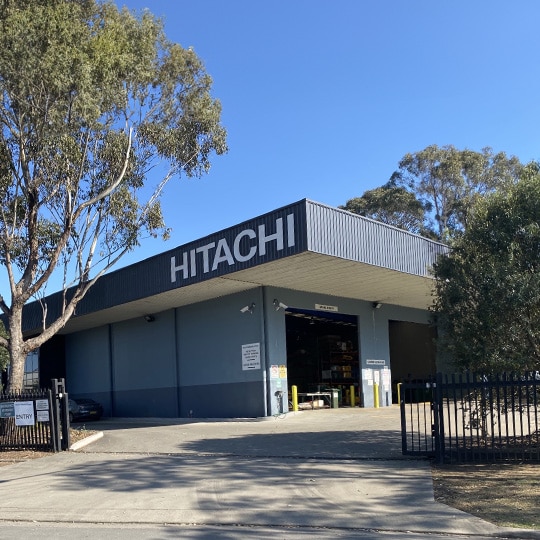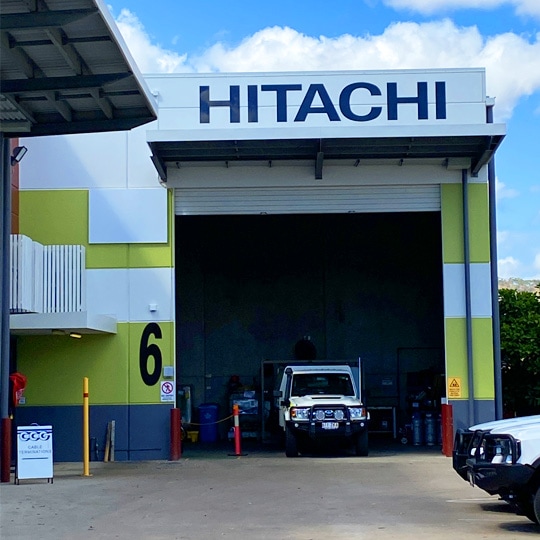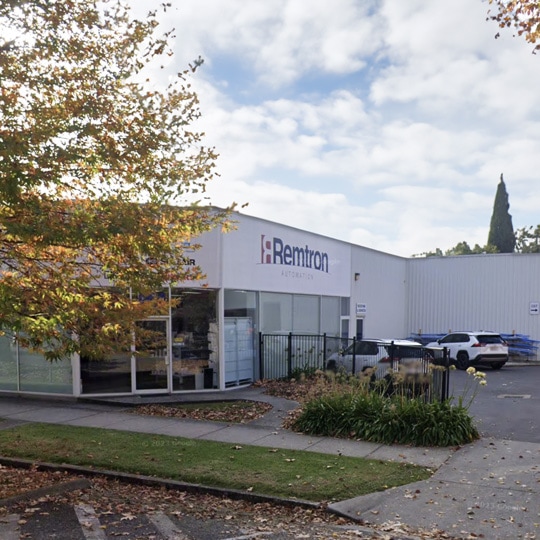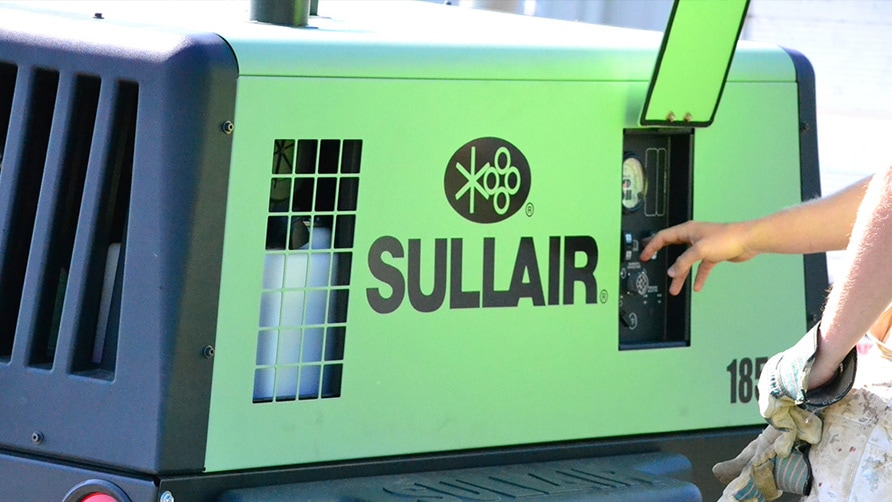
Portable air compressors are destined to get dirty. They go from rental yard to jobsite, or from one jobsite to another, across multiple sites. They sit outside in the elements through all kinds of weather and over time build-up of dirt, particles and foreign materials can become problematic.
To keep equipment in good working order, portable air compressors should be cleaned on a regular basis – regardless of how dirty they get. A cleaning and sanitising routine ensures your equipment stays in optimum condition throughout its lifetime. With the ongoing COVID-19 pandemic, this has become more important than ever with sanitising just as important as physical cleaning. For those wondering if there’s a difference between ‘cleaned’ and ‘sanitised’ – there is! Cleaning is defined as the physical removal of dirt, dust or debris from surfaces by scrubbing, washing or rinsing – removing all trace of the things you can see. Sanitising is treating a cleaned surface to effectively destroy microorganisms of public health significance – removing all trace of the things you cannot see. We’ve all heard the term ‘deep clean’ in recent years – this refers to sanitising an environment that has been exposed to the COVID-19 virus.
How to properly clean your compressors
When cleaning a portable air compressor, it’s important to not only clean the exterior of the machine but also several of the interior components – especially if you’re working in a dirty or dusty environment. Cleaning materials that will do the job thoroughly and safely include detergents that will effectively break down oil and grease, and clean, static free, single use cloths. Applications such as farming, construction and sandblasting are most susceptible to materials getting lodged in intricate spaces. Be sure to check and clean the coolers and engine chambers if you’re working in dirty environments. Also check dust collectors and clean them as needed. This can be done with detergents, clean damp cloths, brushes and of course – compressed air.
How to properly sanitise your compressors
As a result of the COVID-19 pandemic, national recommendations have been released around how to safely and effectively clean and disinfect your workplace and its equipment. These sanitisation procedures will remove COVID-19 virus as well as other non-visible pathogens. Sanitisation requires the use of a disinfectant, rather than just a detergent. Disinfectants contain around 70% alcohol as well as ammonium or bleach compounds. Cleaning cloths should be clean, single use and appropriately disposed of.
Pay close attention to regularly cleaning and sanitising high touch surface areas on portable air compressors, such as buttons, controls, latches, knobs, gauges, access doors, handles, the drawbar and valves. We suggest cleaning and sanitising these daily or each time a different operator and/or renter uses the equipment.
Please contact your friendly Sullair Customer Care representative for further, customised advice on how to properly clean and sanitise your equipment regularly and between users. These tips will help ensure your green machine stays a safe and clean machine.
Interested in finding out more?
Contact us now on 1300 266 773 or here.
